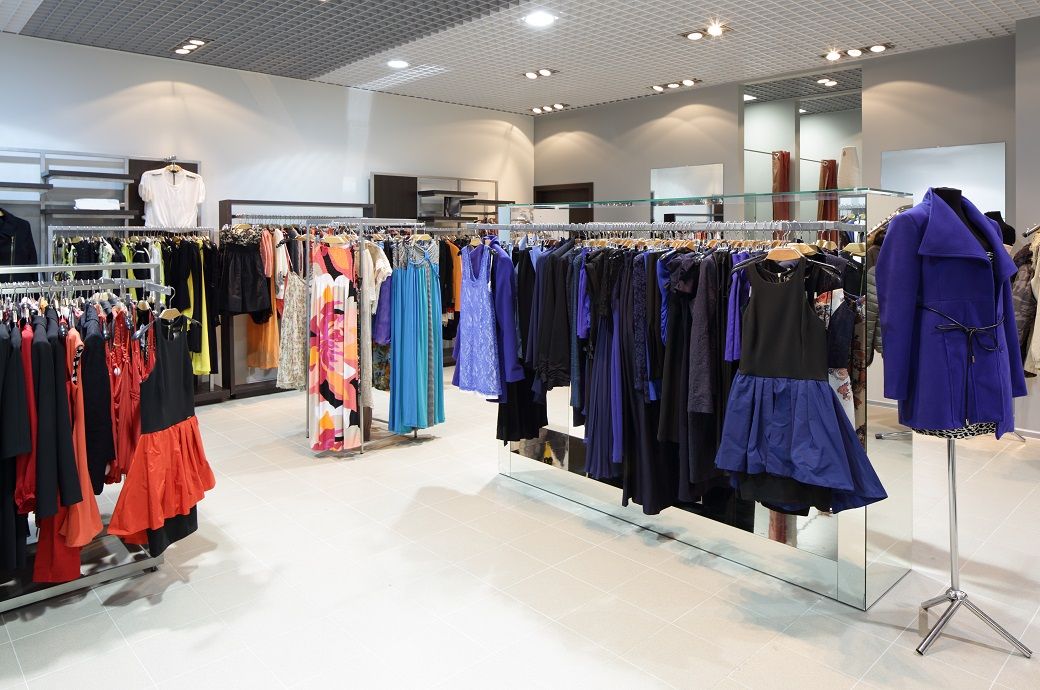
UK retail sales increased 1.8 per cent on a like-for-like basis from September 2021, when they had decreased by 0.6 per cent. This was above the 3-month average growth of 1.3 per cent and the 12-month average growth of 0.9 per cent
Over the three-months to September, non-food retail sales decreased by 0.4 per cent on a total basis and 1.1 per cent on a like-for-like basis. This is below the 12-month total average growth of 4 per cent. For the month of September, non-food was in growth year-on-year.
Over the three months to September, in-store sales of non-food items increased 2.2 per cent on a total basis and 1.1 per cent on a like-for-like basis since September 2021. This is below the 12-month growth of 33.3 per cent. Online non-food sales decreased by 2.6 per cent in September, against a decline of 7.3 per cent in September 2021. This is above the 3-month average decline of 4.1 per cent and the 12-month decline of 13.8 per cent.
The non-food online penetration rate decreased to 38.4 per cent in September from 40.5 per cent at the same point last year, the BRC-KPMG monitor added.
Helen Dickinson OBE, chief executive, British Retail Consortium, said: “While UK retail sales grew in September, this represented another month of falling sales volumes given high levels of inflation. As consumer confidence continued to fall, people shopped cautiously, avoiding large ticket items such as new computers, TVs and furniture. Many households are also preparing for higher energy costs this winter, with blankets, warm clothing, and energy-efficient appliances, such as air dryers and air fryers, all selling well.
“A difficult winter looms for both retailers and consumers. Costs are increasing throughout retailers’ supply chain, the pound remains weak, interest rates are rising, and a tight labour market is pushing up the cost of hiring. All of this is making it harder for retailers to reduce prices and help struggling households. The industry urgently needs clarity from the government about business rates next year and is calling for a freeze in the multiplier. Without this, retailers will face an £800 million hike in their bills, which will inevitably put additional pressure on prices for UK consumers.”
Paul Martin, UK head of retail, KPMG, said: “Retail sales remained positive in September with growth of more than 2 per cent on the same period last year – but much of this will be attributed to increased prices as volume of sales continue to be challenging. Once again, clothing and footwear came to the rescue of the high street, and back to school purchasing was a driver in retail growth figures, with sales of children’s shoes up over 15 per cent. Online sales remain down year on year, and those categories that did see some growth remained in single figures.
“With interest rates, inflation, labour, energy, and costs of goods continuing to climb, retailers are heading into one of the most challenging Christmas shopping periods they have had to deal with in years. Consumer confidence remains low, and retailers are having to tread a very fine line between protecting their own margins and further denting confidence by passing on price rises. A laser focus on their own costs and efficiencies in order to remain price competitive this festive season will be essential. As consumers focus on getting value for money through switching to own brand items and seeking out discounts, getting pricing and promotional activity right could be the difference between a successful or dismal Christmas for retailers this year.”
Fibre2Fashion News Desk (KD)